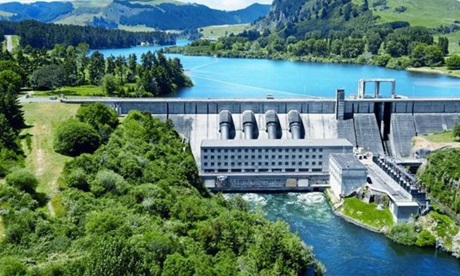New Zealand has now cut its greenhouse gases for three years running.
The latest drop is the biggest since climate change efforts began, according to New Zealand’s latest Greenhouse Gas Inventory which covers 1990 to 2022.
Making the change
Several factors are contributing to the reduction in greenhouse gases in our environment.
Climate Minister Simon Watts attributes the achievement to clean energy use. We are burning less coal and gas to make electricity and we’ve had plenty of rain to keep our hydro dams operating.
Former minister Green MP James Shaw is wary that if there’s another dry year, Huntly power station will need to increase coal use again.
More efficient vehicles also contributed, with road transport burning less fuel despite similar kilometres travelled.
Other factors included closing Marsden Point oil refinery and a slight reduction on farmers using sheep, beef cattle and fertiliser.
Analysing the reduction
Gross emissions fell to 78.4 million tonnes, four per cent lower than in 2021. Emissions also fell in 2022 as well as 2023.
The annual drop was 3.4 million tonnes – the biggest drop since the tally began officially in 1990, according to the Ministry for the Environment.
The energy sector provided 2.5 million tonnes of this saving. That’s because it used more renewables and less fossil fuels to make electricity in 2022. Well-filled dams for hydro generation helped. So did increased wind power generation.
Forestry fluctuations meant trees removed less carbon dioxide than in 2022, but the long-term trend is towards more tree planting.
Tokolau different
The only sector of New Zealand’s economy not to decrease gross emissions was the nation of Tokelau.
Its emissions, though small, are counted towards New Zealand’s.
Source
